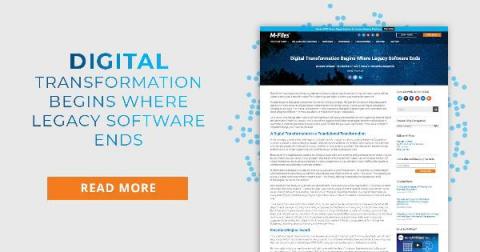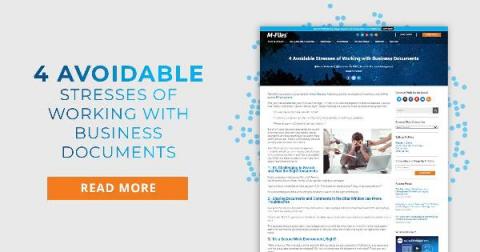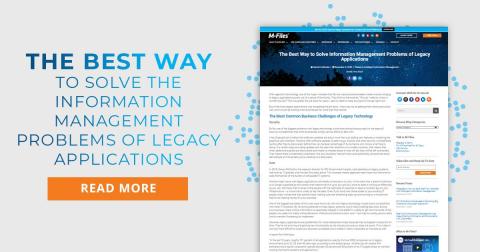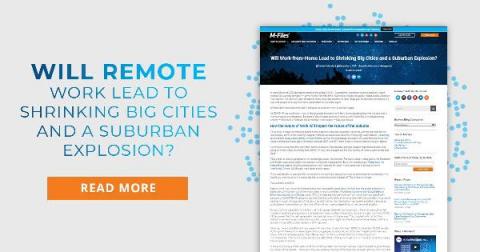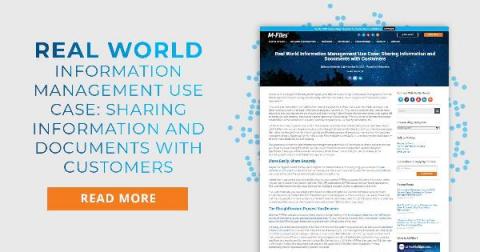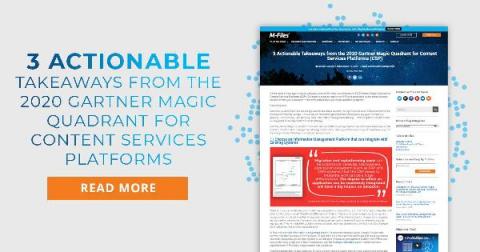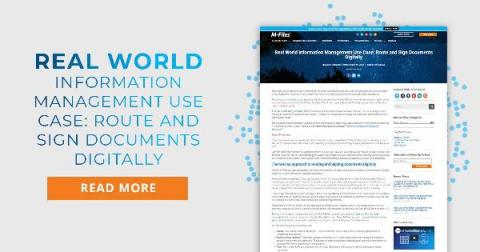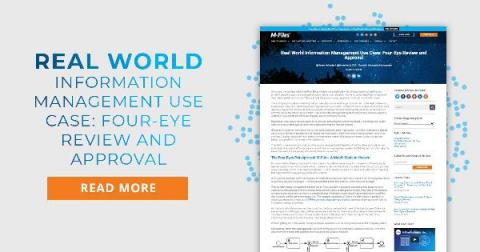Digital Transformation Begins Where Legacy Software Ends
One of the most important things to understand about a digital transformation is that ultimately, you’re talking about exactly that: a transformation from where you are today to where you hope to be tomorrow. In order to get to that point, companies have to be willing to change. Not just for the sake of it, but because it makes the most sense at this particular moment given everything that you’ve set yourself up to accomplish.


